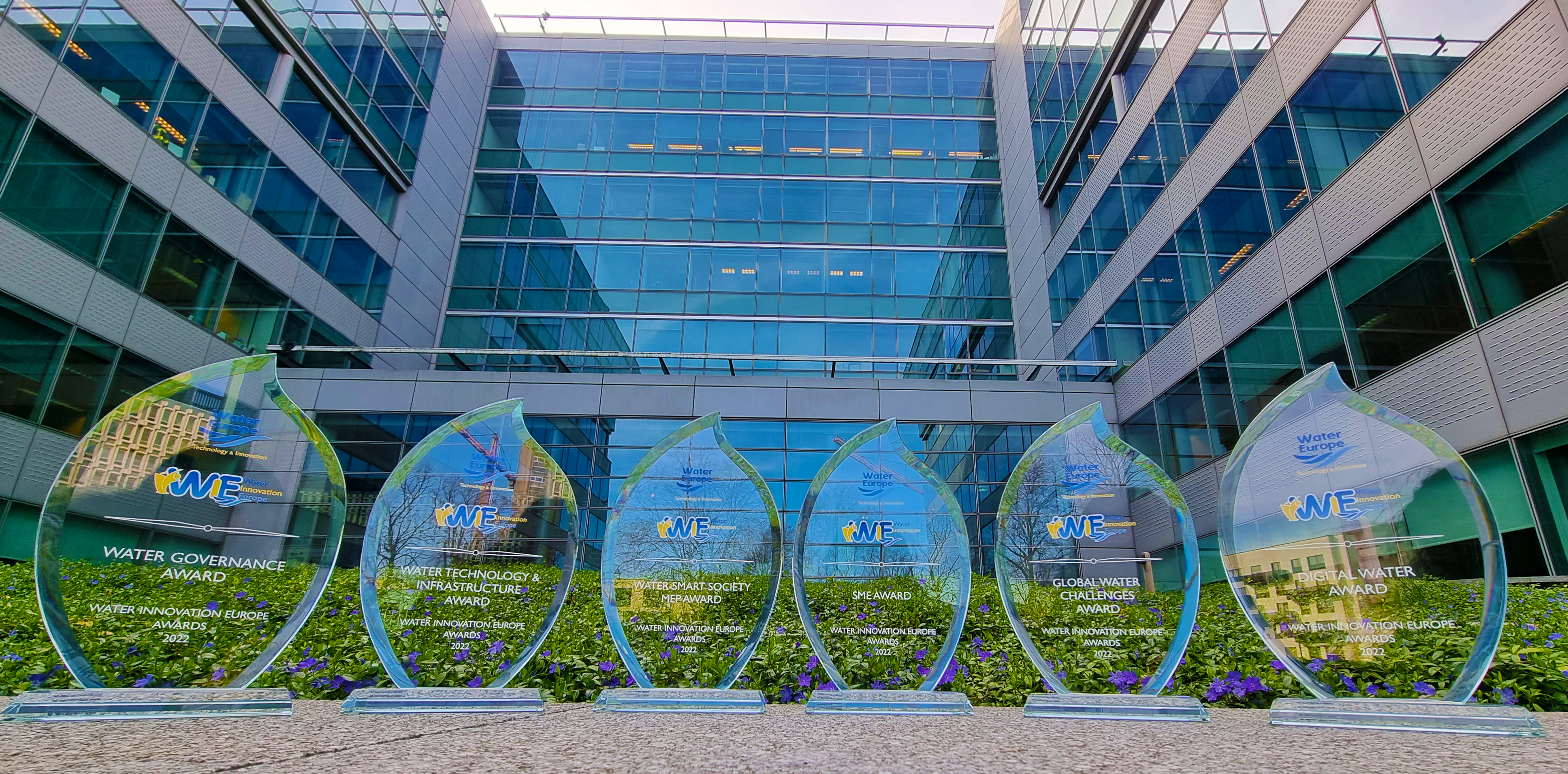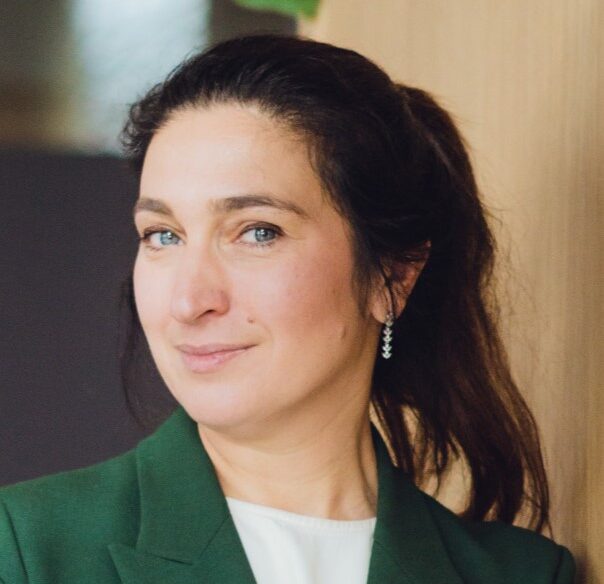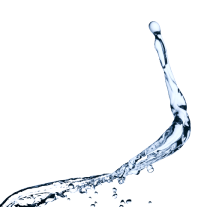
[quote align=”center” color=”#999999″]
Peter Gammeltoft: Head of Unit for Water, DG ENVIRONMENT[/quote]
What do you consider to have been the most remarkable change in water management in the EU Member States since you started in this position?
In the first place, a major development has been the implementation of the Water Framework Directive (WFD) through the River Basin Management Plans (RBMPs). The tools which the WFD offers for water management have been largely implemented by most Member States, although there remain significant gaps in achieving the WFD objectives. Still, I would consider the glass to be half full considering the steps that have been made. The remaining gaps will now be addressed in the second cycle of RBMPs. Another major development I have noticed is the shift in the awareness of the general public about the need to treat water as a precious resource that needs to be managed wisely and efficiently.
What do you see as the key challenge for the future to reach the objectives of the WFD?
The key challenge for the coming years will be the implementation of the programmes of measures by the Member States, using cost efficient solutions that will address the key pressures. Funding will need to be made available for this, which is becoming increasingly difficult in times of economic downturn, but the long term benefits should not be ignored because of short term vested interests. Another important issue is that in many places ageing water infrastructure needs to be upgraded, adapted to the changing climate and new standards of resource and water efficiency.
Which role do you think innovation can play in the implementation of water policy objectives, have you already seen the benefits of innovations in the implementation in the past years ?
The WFD is innovative in itself, through the implementation of the river basin management approach, international coordination and stakeholder involvement. Furthermore, as the Blueprint to safeguard Europe’s water resources indicated, innovation is recognized as a key tool to support the implementation of water policy. The EIP Water is an important driver in this respect. It does not only refer to technological innovations, but also innovations in the field of governance or water management. And innovations are not only needed in the water sector itself, but also in connected sectors, such as agriculture, where innovations can play a very important part in reducing the pressures on water quality and quantity.
What do you consider to be the role of stakeholders in the development of policy and in the implementation?
Stakeholders have a direct interest in our waters being well managed. This places them in a position to have very valuable information about specific aspects of water management that is needed to develop sound policy. For example, the WssTP is a much valued organization as it can support in delivering the technical solutions and innovations that are needed to deal with our water challenges. Furthermore, we do not only need cooperation between the authorities and the stakeholders, but also between stakeholders themselves to support the development of holistic policy and its implementation.
How do you see the state of EU waters in 2027 after three full cycles of WFD implementation, do you expect strong improvements or even being close to having reached the objectives?
We need to remain ambitious and keep the goal of meeting the objectives of healthy water ecosystems and resources that we have set together. It may not be realistic to expect that the objectives have been fully met everywhere, but I prefer to focus on the achievements that have been made and will be made by 2027 and the opportunities they will bring.



